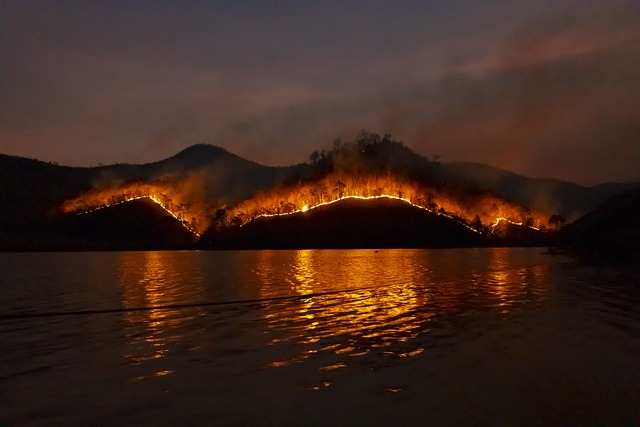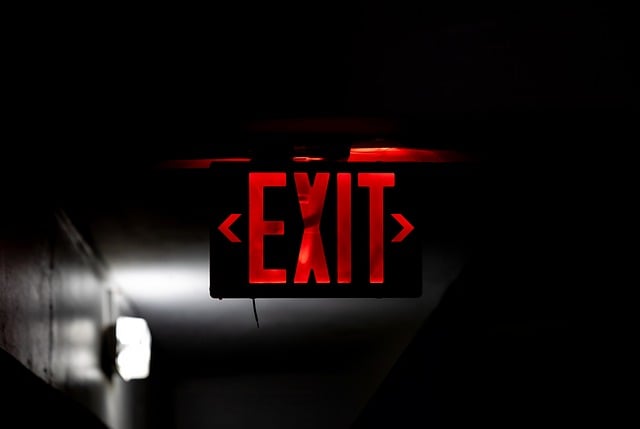When unexpected power outages strike, a reliable flashlight from Flashlights For Emergency Preparedness is essential for maintaining visibility and safety. The best models are durable, made with materials like aircraft-grade aluminum, and equipped with high-intensity LEDs offering various brightness settings to conserve battery life. These flashlights should be compact for easy storage and quick deployment, and include features like focusable beams for both close-up tasks and long-distance signaling. They must be rechargeable with lithium-ion batteries for a reliable runtime, or alternatively, powered by crank or solar energy if traditional power sources are unavailable. It's crucial to select a flashlight that meets your specific needs and to maintain it with regular battery checks and cleaning. A diverse range of flashlights, including both handheld models and larger units for extended outages, should be part of every emergency preparedness kit. Regular drills and protocol training ensure readiness and safety during these events. Flashlights For Emergency Preparedness are not just a tool; they are a critical component of your disaster readiness plan, ensuring you can navigate and maintain functionality in the dark.
When darkness falls unexpectedly, dependable illumination becomes a critical lifeline. In the event of blackouts, having reliable flashlights for emergency preparedness is not just beneficial—it’s a necessity. This article sheds light on the importance of owning high-quality emergency flashlights and guides you through selecting the right ones based on key features that can make all the difference in critical situations. We compare various types of flashlights suitable for emergency preparedness, offer strategies to integrate them into your home emergency plan, and provide best practices for their maintenance and testing. Illuminate your path to safety and preparedness with our comprehensive guide on flashlights for emergency preparedness.
- Understanding the Importance of Reliable Flashlights During Blackout Events
- Key Features to Look for in a High-Quality Emergency Flashlight
- Comparing Different Types of Flashlights for Emergency Preparedness
- Strategies for Integrating Flashlights into Your Home Emergency Plan
- Best Practices for Maintaining and Testing Your Emergency Flashlight Fleet
Understanding the Importance of Reliable Flashlights During Blackout Events

In the event of a blackout, reliable illumination becomes an indispensable tool for navigation and safety. Flashlights for emergency preparedness are designed to provide dependable lighting during power outages, ensuring that individuals can maintain visibility and continue essential activities without relying on unpredictable external sources. These flashlights are engineered with durability and longevity in mind, often featuring robust construction and high-intensity bulbs or LEDs that offer consistent performance over an extended period. Their compact size allows for easy storage and quick access when sudden darkness occurs, making them a critical component of any comprehensive emergency kit. Additionally, the best flashlights for emergency preparedness are equipped with features such as multiple brightness settings, which help to conserve battery life and provide just the right amount of light for specific tasks or to avoid draining batteries unnecessarily. In the aftermath of a blackout, these flashlights serve as a reliable beacon, enabling users to safely navigate through their homes or outdoor environments until power is restored. Their role in ensuring personal safety and maintaining functionality during emergencies underscores their importance in every household’s preparedness plan.
Key Features to Look for in a High-Quality Emergency Flashlight

When preparing for unexpected blackouts, having a dependable emergency flashlight is paramount. A high-quality flashlight designed for emergencies should be robust and reliable, with features tailored to provide optimal visibility in critical situations. Firstly, look for a durable design that can withstand harsh conditions; a flashlight made from aircraft-grade aluminum or a similar strong material will endure drops, water exposure, and long-term use. Secondly, consider the light output, which is measured in lumens. A brightness level of at least 100 lumens is recommended for tasks that require clear illumination, while a higher output can be crucial for signaling or navigating in complete darkness.
Additionally, multiple brightness settings are beneficial as they allow users to conserve battery life during prolonged outages by using lower intensities when ambient light is sufficient. A flashlight with a high-quality LED will ensure consistent performance over time and provide a longer lifespan than traditional bulbs. Furthermore, features such as a focusable beam can be invaluable, offering both a wide illumination for general use and a narrow, intense spotlight for long-distance signaling or to inspect darkened areas. Lastly, consider the battery type; flashlights with rechargeable lithium-ion batteries are reliable and have a longer runtime compared to alkaline or AA batteries, making them an ideal choice for emergency preparedness kits. Flashlights For Emergency Preparedness should be an integral part of your disaster readiness plan, ensuring that when the lights go out, you can see your way to safety and handle any emergency with clarity.
Comparing Different Types of Flashlights for Emergency Preparedness

When it comes to emergency preparedness, having dependable illumination is a critical component of one’s survival kit. Flashlights for emergency preparedness come in various designs and technologies, each with its own set of advantages and limitations. LED flashlights have become particularly popular due to their longevity, efficiency, and intense light output. They are durable and can provide consistent lighting over long periods, which is essential during unexpected power outages or blackout events. Rechargeable models are a sustainable choice, offering an eco-friendly alternative to disposable batteries. On the other hand, high-intensity discharge (HID) flashlights, such as LED units, can produce a light output comparable to car headlights and are ideal for signaling or illuminating large areas. However, they tend to be bulkier and consume more power than their LED counterparts.
Another important consideration in flashlights for emergency preparedness is the type of power source they use. While battery-powered flashlights offer portability and convenience, rechargeable models require a reliable power source to remain operational during extended outages. Crank or hand-cranked flashlights provide an alternative power solution, harnessing kinetic energy to generate electricity. They are useful for individuals who prioritize sustainability or wish to have a non-electronic backup. Additionally, solar-powered flashlights can charge during daylight hours, ensuring usable light when it’s most needed. Regardless of the technology chosen, the key is to ensure that the flashlight selected meets the user’s needs and is ready for use at a moment’s notice. It’s important to test your flashlight regularly and keep spare batteries or a charging solution on hand to guarantee its effectiveness when an emergency arises.
Strategies for Integrating Flashlights into Your Home Emergency Plan

In the event of a blackout, reliable lighting becomes paramount for maintaining safety and functionality within your home. Flashlights for emergency preparedness are indispensable tools in this context. To effectively integrate flashlights into your home emergency plan, it’s crucial to have a readily accessible supply of quality flashlights with fresh batteries. Position these flashlights in strategic locations throughout your house, such as near exits, in utility cabinets, and beside beds. This ensures that every family member can quickly locate and use a flashlight if the power fails. Additionally, consider acquiring a variety of flashlights, including handheld models for immediate tasks and larger, high-intensity units for area illumination during prolonged outages. Train your household on proper flashlight operation and establish protocols for their use, such as turning off all electronic devices and using flashlights to navigate safely in the dark. Regularly test your flashlights by conducting drills, which will also help maintain a habit of checking their functionality and replacing batteries as needed. By incorporating flashlights into your emergency preparedness plan, you fortify your home’s resilience against unexpected power disruptions.
Furthermore, it’s wise to diversify your lighting options by including headlamps and lanterns with adjustable brightness settings. These can be particularly useful for hands-free operation during tasks like searching through a darkened house or working on repairs. Ensure that each type of flashlight has a designated purpose within your plan, whether it’s for immediate safety measures, long-term navigation, or task-specific lighting. Regular maintenance and updates to your emergency kit will keep your flashlights ready for use whenever they are needed most. By planning ahead and integrating flashlights effectively into your home’s emergency procedures, you can significantly improve your family’s ability to cope with blackout events safely and efficiently.
Best Practices for Maintaining and Testing Your Emergency Flashlight Fleet

In the event of a blackout or other emergencies, dependable illumination becomes a critical resource. To ensure that flashlights for emergency preparedness are ready when needed, it is imperative to establish and adhere to best practices for maintaining and testing your emergency flashlight fleet. Regular maintenance involves checking each flashlight after use and cleaning any residue or debris from the lens and casing to prevent corrosion and ensure optimal performance. Batteries should be inspected periodically, as a dead battery during an emergency can be disastrous. It’s advisable to keep spare batteries stored in a cool, dry place, and to replace them every few years or according to the manufacturer’s recommendations.
Testing your flashlights is equally crucial. A routine should be implemented where flashlights are tested monthly to confirm they operate as expected. This can be done by turning them on for their full capacity and verifying that the beam is focused and bright. Additionally, it’s important to simulate emergency scenarios to assess the performance of the flashlights in real-world conditions. This includes checking if the beam reaches sufficient distances and if any replacement parts, like bulbs or O-rings, are needed. By following these maintenance and testing practices, individuals and organizations can ensure that their flashlights for emergency preparedness are reliable and ready to provide illumination during power outages or other critical situations.
